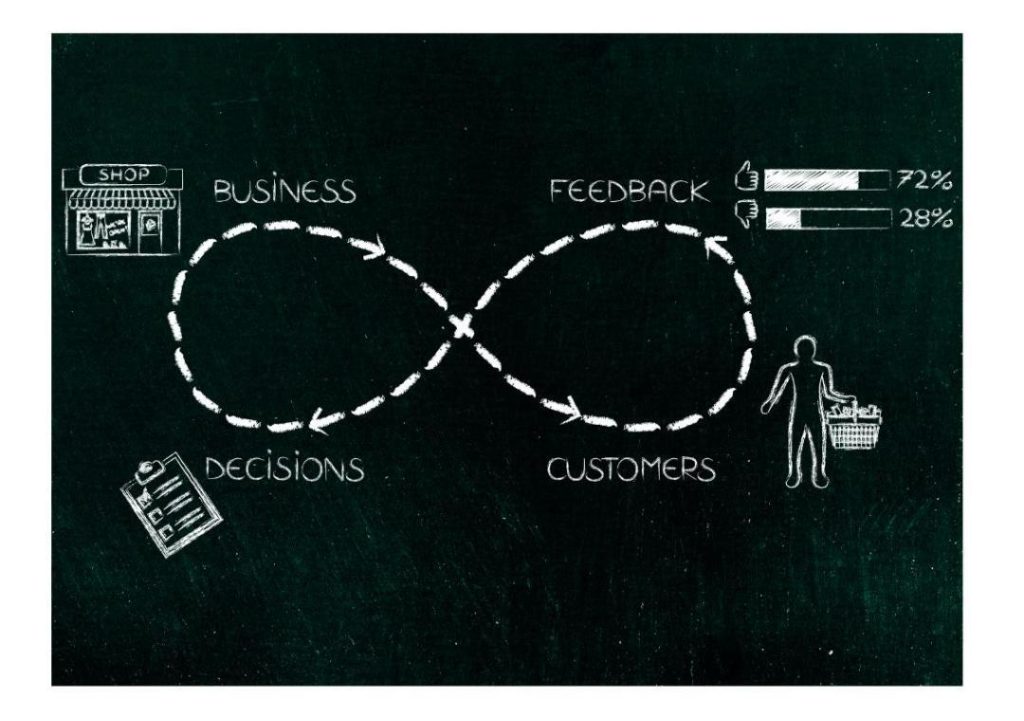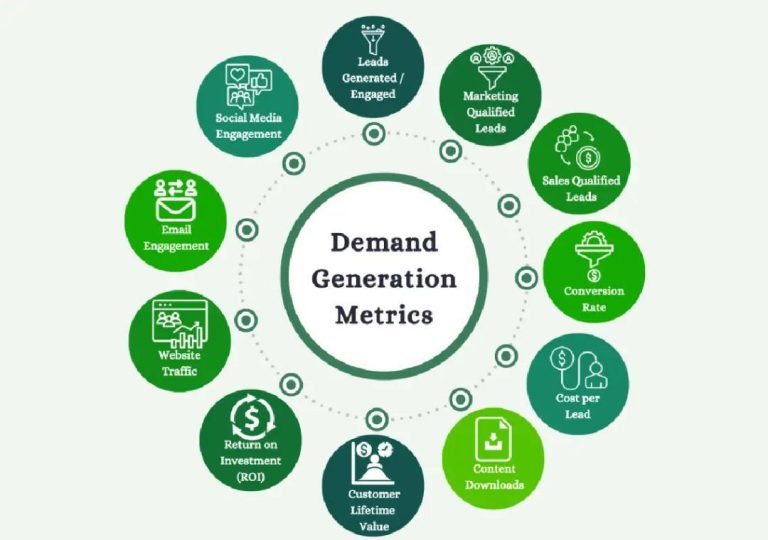
Is Your Product Evolving with Customer Feedback?
As a Direct-to-Consumer (D2C) brand, you’re likely no stranger to the importance of customer feedback. Every review, return, and support ticket is a signal that can make or break your product’s success. But are you truly listening to your customers and using their voices to drive growth and improvement?
In today’s fast-paced digital landscape, customers expect a personalized experience that meets their unique needs and preferences. To achieve this, D2C brands must prioritize customer feedback and treat it as a growth channel. By doing so, they can build faster, fix quicker, and retain longer – ultimately driving business success.
The Power of Customer Feedback
Customer feedback is more than just input or data points; it’s a roadmap for product development and improvement. When you actively solicit and incorporate customer feedback, you demonstrate a commitment to understanding and serving your customers. This, in turn, builds trust, loyalty, and ultimately drives retention.
But what does this look like in practice? Let’s take a closer look at some key benefits of prioritizing customer feedback:
- Identify pain points and areas for improvement: Customer feedback helps you pinpoint areas where your product or service is falling short, allowing you to address these issues and improve the overall user experience.
- Create a competitive advantage: By incorporating customer feedback, you can differentiate your brand from competitors and establish a reputation for being customer-centric.
- Drive product development: Feedback can inform product roadmaps, ensuring that new features and updates meet customer needs and exceed expectations.
- Improve customer satisfaction: When customers feel heard and valued, they’re more likely to become repeat customers and advocates for your brand.
Tracking What’s Working, What’s Broken, and What Users Wish Existed
So, how can you start leveraging customer feedback to drive growth and improvement? Here are a few key strategies to get you started:
- Monitor review sites and social media: Keep a close eye on review sites, social media, and online forums to identify common themes and pain points.
- Conduct regular customer surveys: Send out surveys to your customer base to gather feedback and insights on their experiences and preferences.
- Analyze return and support ticket data: Review return and support ticket data to identify common issues and areas for improvement.
- Use customer feedback to inform product development: Prioritize features and updates based on customer feedback and input.
Real-Life Examples of Brands That Get It Right
Several D2C brands are already reaping the benefits of prioritizing customer feedback. Here are a few real-life examples:
- Warby Parker: The eyewear brand uses customer feedback to inform product development and improve the overall shopping experience. They’ve even created a “Home Try-On” program, which allows customers to try at-home before making a purchase.
- Patagonia: The outdoor apparel brand encourages customers to share their experiences and feedback through online reviews and social media. They use this input to improve product design and sustainability initiatives.
- Birchbox: The beauty subscription service uses customer feedback to curate personalized product recommendations and improve the overall user experience.
Conclusion
In today’s fast-paced digital landscape, customer feedback is no longer a nice-to-have – it’s a must-have. By prioritizing customer feedback and treating it as a growth channel, D2C brands can build faster, fix quicker, and retain longer. Remember, feedback isn’t input – it’s the roadmap. So, start listening to your customers and watch your brand thrive.
Source:
https://www.growthjockey.com/blogs/consumer-insights-for-d2c-products-and-services






